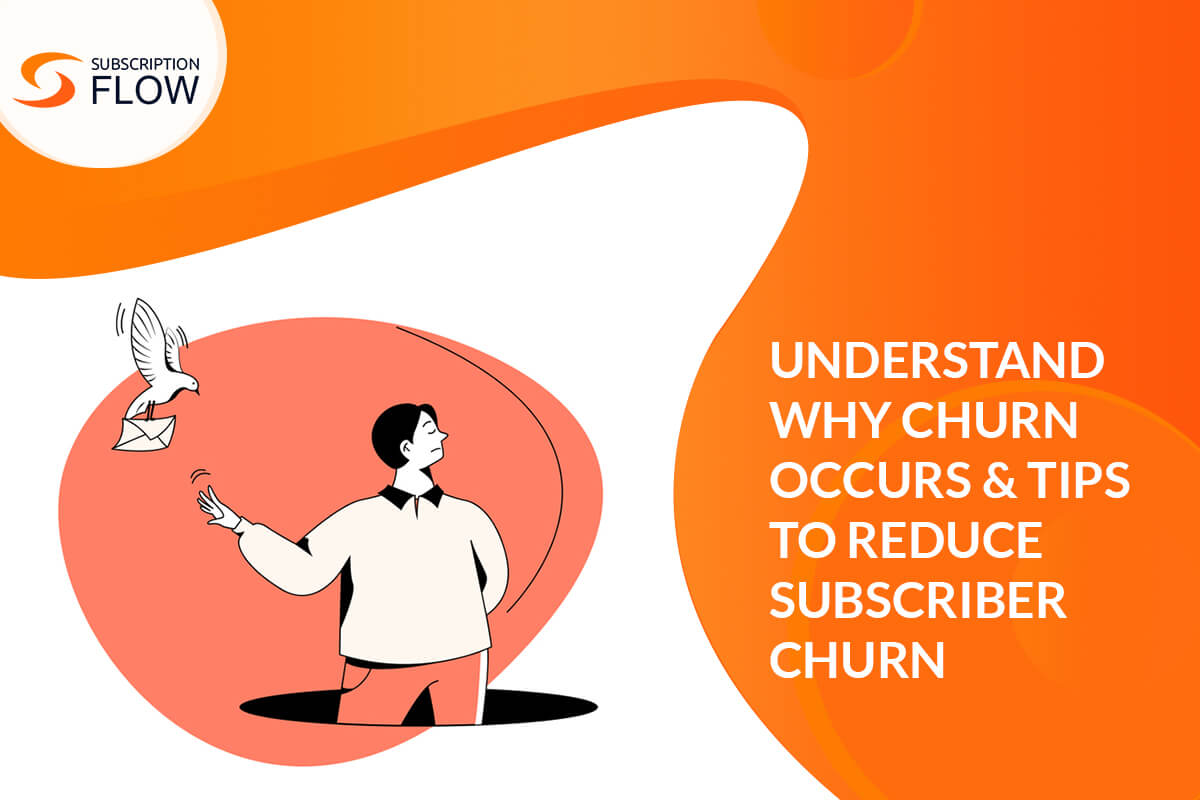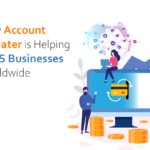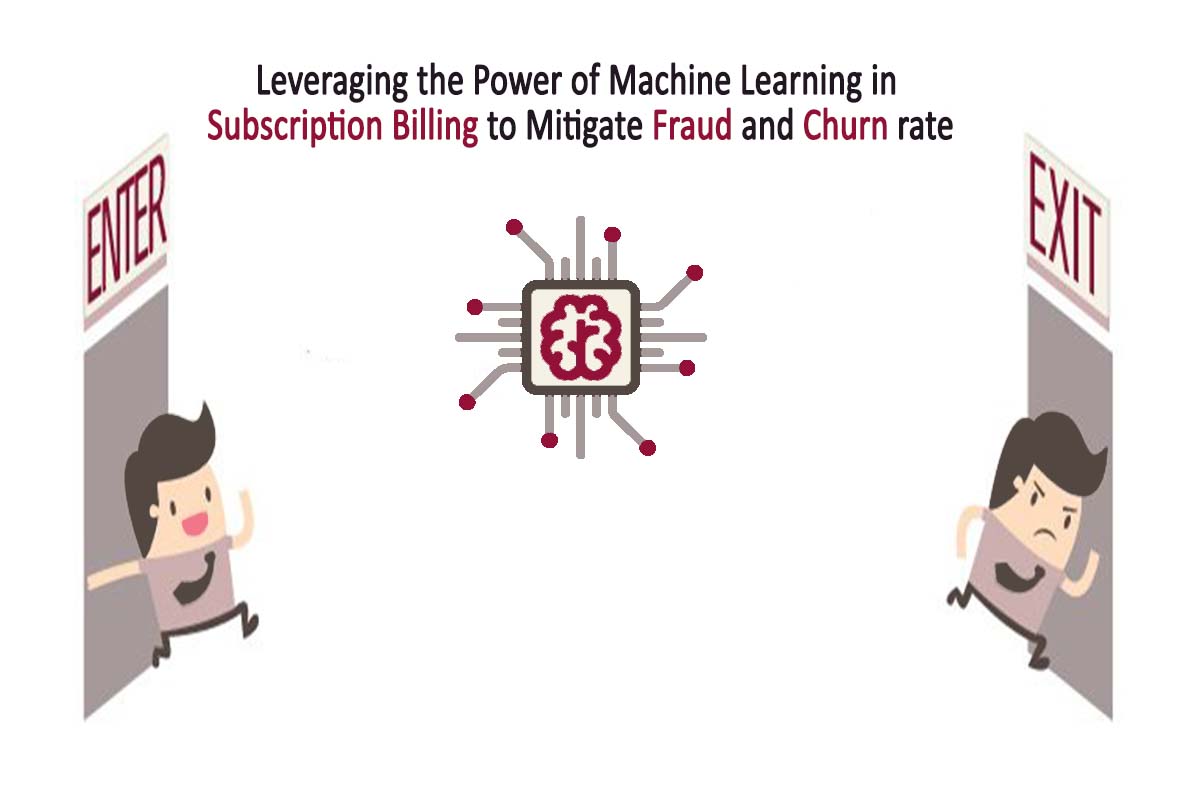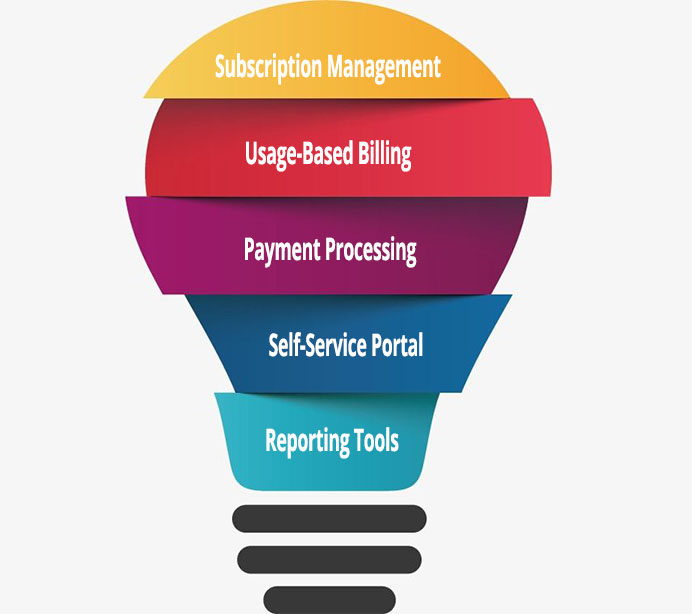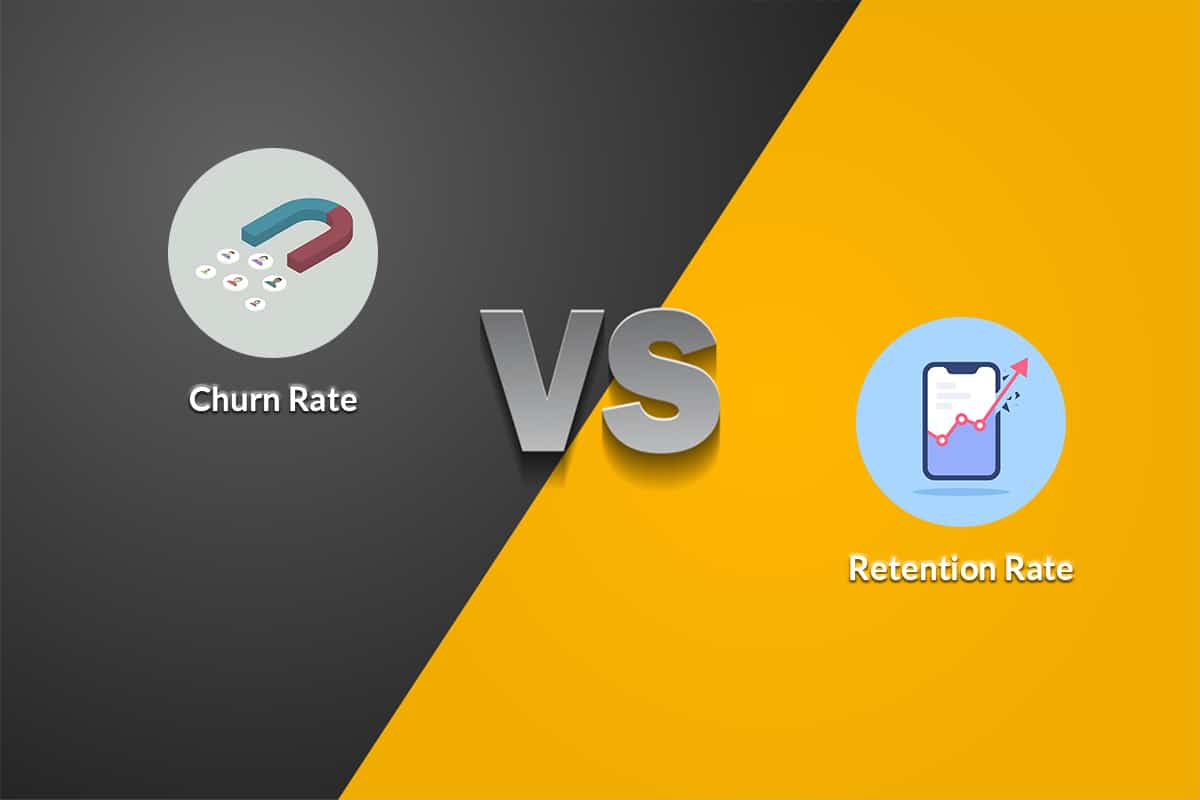
Churn Rate Vs Retention Rate: Your Ultimate Guide
In SaaS, churn rate and retention rate are often used interchangeably. While they deal with customers leaving your product, there is an essential distinction between them.
The churn rate is the percentage of customers who cancel their subscription or stop using your product within a given period.
In contrast, the retention rate is the percentage of customers who remain active users of your product over a given period.
Let us discuss the details of the Churn Rate Vs Retention Rate.
How To Calculate Churn Rate
The Simple Way
Churn rate = (Number of customers at the beginning of period – Number of customers at the end of period) / Number of customers at the beginning of the period.
The Adjusted Way
The adjusted way is similar to the simple method but with one essential addition. Besides considering the number of customers lost, you also consider any customers gained during that period.
Churn rate = (Number of customers at the beginning of period – Number of customers at the end of period + Number of new customers) / Number of customers at the beginning of the period.
The Predictive Way
The predictive method is a more sophisticated way that considers lost and gained customers and the time each customer spends with your company. It allows you to better predict future churn rates based on current and past data. To calculate the predictive churn rate, you first need to determine the average customer lifetime value (CLV). It is the average revenue a customer will generate for your company over their relationship. Once you have your CLV, you can use it to predict future churn rates.
Churn rate = Total revenue / Customer lifetime value
The Shopify Way
Shopify, an eCommerce platform, has a unique way of calculating churn rates that consider both the number of customers lost and the number of orders placed. To calculate Shopify’s churn rate, you take the total number of orders in a period and divide it by the number of customers at the beginning. It will give you your Shopify churn rate.
Churn rate = Total number of orders/number of customers at the beginning of the period
No matter which method you use to calculate your churn rate, it’s essential to track it regularly. It will allow you to identify trends and take action to reduce your churn rate over time.
Also Read: Top 5 Factors That Leads to Higher Customer Churn Rate
What Is A Good SaaS Churn Rate?
There is no one-size-fits-all answer to this question, as different businesses have different goals and definitions of success. However, generally, a reasonable churn rate is any rate lower than your industry average. Industry averages can vary widely, so it’s essential to do your research and see where your business stands. For example, the average churn rate for subscription-based businesses is 5-7%, while the average churn rate for eCommerce businesses is 3-4%.
How To Calculate Retention Rate?
N-Day Retention
In this method, we continuously calculate the number of people who use our product/service for N days. For example, if our N-day retention rate is 60%, 60% of our users continue to use our product/service even after using it for N-days.
Unbounded Retention
It is the percentage of users who return on a specific day or after. To measure it, calculate the inverse of your churn rate.
Bracketed Retention
You look at retention during custom timeframes.
To calculate the retention rate, we need to follow these steps:-
1) Decide on the N-day period.
2) Calculate the number of people who continuously use your product/service for those N-days.
3) Divide the number of people who continuously use your product/service for those N-days by the total number of users you had at the beginning of that period.
4) Multiply the result by 100 to get the retention rate.
For example, if you have a product with 100 users and your N-day retention rate is 60%, it means that 60 of those 100 users continue to use your product even after using it for N-days.
Also Read: SaaS Customer Retention Strategies In The Wake Of Recession
What Is A Reasonable Retention Rate For SaaS?
The answer to this question depends on several factors, such as your business’s nature, target market, and goals. However, a reasonable retention rate for SaaS businesses is between 70% and 80%. Now that you know about retention vs churn, let us see what we have in store for you.
Metrics Must Be Tracked In Addition to Calculating Churn & Retention Rate
Customer Lifetime Value
It is the total value of a customer’s purchases from your company minus the cost of acquiring and servicing that customer. Lifetime value is essential because it shows you how much profit you can expect to make from a single customer throughout their relationship with your company.
Repeat Purchase Ratio
The repeat purchase ratio is the percentage of customers who buy from you more than once.
It is a good metric to track because it shows how many of your customers are returning to buy from you.
Net Promoter Score
The Net Promoter Score (NPS) measures customer satisfaction. It is calculated by asking customers how likely they will recommend your product or service to a friend or colleague on a scale of 0-10.
Average Order Value
The average order value is the average amount of money a customer spends per order. It is a good metric to track because it shows you how much revenue you generate per sale.
Time Between Purchases
The time between purchases is the average time a customer takes to make another purchase.
It is a good metric to track because it shows how often your customers buy from you.
Loyal Customer Rate
The loyal customer rate is the percentage of customers who continue to do business with you after their first purchase. It is a good metric to track because it shows how many of your customers are loyal and how many are first-time buyers.
Customer Growth Rate
The customer growth rate is the percentage of new customers to your company. It is a good track metric because it shows how quickly your customer base is growing.
Share of Wallet
The share of wallet is the percentage of a customer’s total spending that goes to your company.
It is a good metric to track because it shows how much of a customer’s spending you are capturing.
Customer Acquisition Cost
The customer acquisition cost is the money you spend to acquire a new customer. It is a good metric to track because it shows how much it costs to add a new customer to your business.
Engagement Rate
The engagement rate is the percentage of your customers actively using your product.
Still unsure about churn vs retention? Keep reading.
Also Read: 5 eCommerce Customer Retention Strategies That You Can Opt for Now & Get Leverage
How SubscriptionFlow Helps
SubscriptionFlow is a tool that helps you increase your retention rate by Automating Your Churn Prevention. It does this by sending automatic emails to your customers at risk of churn and asking them why they are thinking of leaving. It also provides valuable insights into the reasons for customers’ behavior, so you can take steps to decrease the average churn rate for SaaS.






